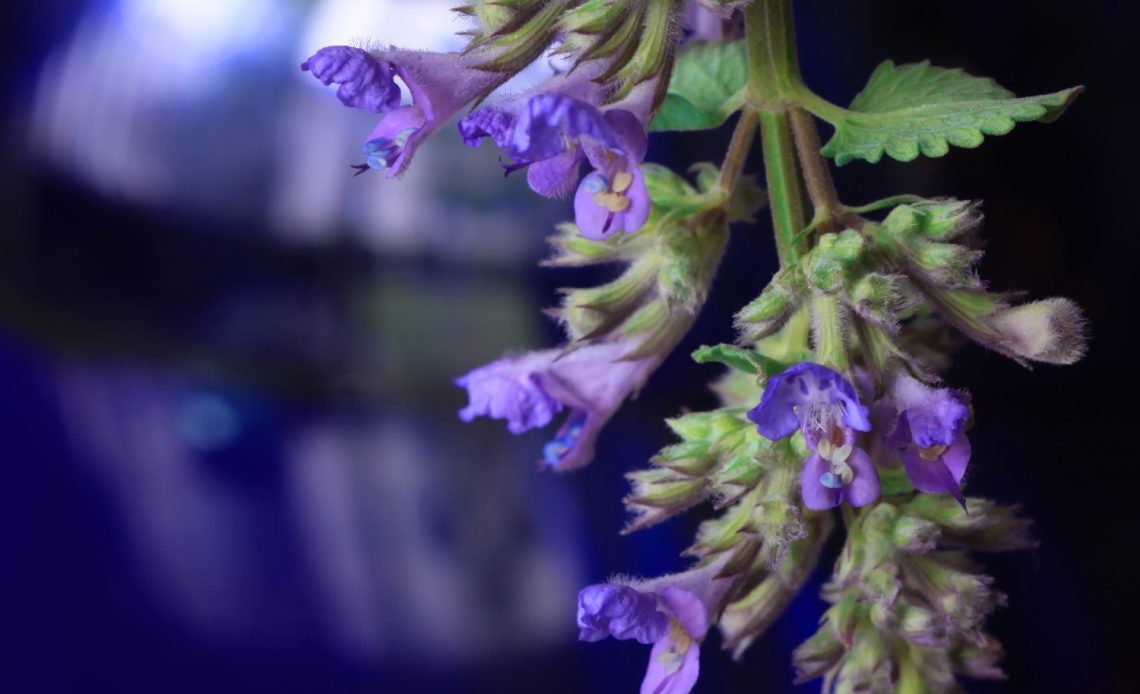

We’re here to help! Wild Yards is a completely free website that is 100% dedicated to helping you create a wildlife-friendly, sustainable yard. Read more
WildYards is reader-supported. When you buy a product through a link on our site, we may earn a comission. Every product is independently selected by our (obsessive) editors and our reviews are unbiased and objective. Read more about our mission or our privacy policy.
A member of the mint family, salvia is a popular choice among landscapers because it’s a fuss-free plant that effortlessly produces dozens of colorful flowers. There are over 1,000 varieties of salvia to choose from with blooms in shades of purple, blue, red, pink, orange, and white. Salvias are a fantastic addition to bee gardens and hummingbird gardens because pollinators love to visit their nectar-rich flowers. If you have salvias in your landscaping, you may be wondering if deadheading can benefit these flowers, and if so, how to deadhead salvias.
Deadheading salvias by trimming dead and dying flowers off helps to support bloom production by allowing the shrubs to focus all of their energy on creating new blossoms rather than on supporting dying flowers. Keeping these plants well-hydrated during the summer months and pruning them annually can also help stimulate flower production.
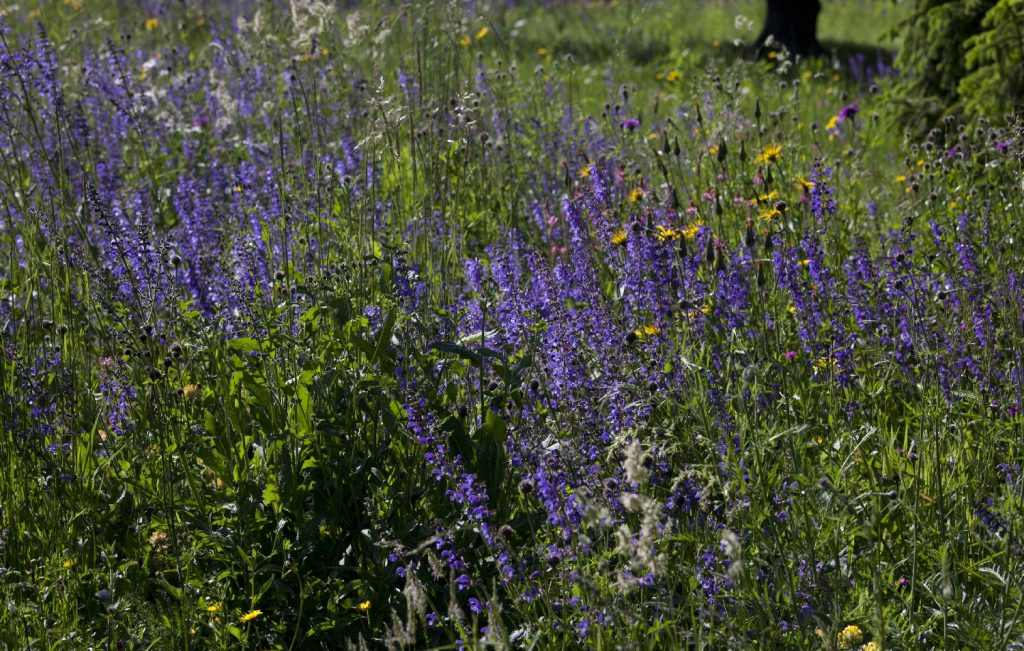
What is salvia?
Salvia is a close relative of the mint family and the largest genus of plants in the sage family, Lamiaceae. This flowering shrub comes in annual and perennial varieties with plants falling into three main categories.
- Soft-stemmed deciduous shrubs — These plants do not have woody growth, and they lose their foliage and go dormant in the winter.
- Larger woody herbaceous shrubs — These salvias grow much like lavender, with soft, delicate new foliage that becomes woody as it matures.
- Rosette varieties — These plants produce clusters of foliage at the base of the plant with flowers situated at the tips of tall stems sprouting up from the center of the plant.
Salvias can be grown in zones 3 through 10. Some varieties of salvia, like Russian sage, can stay green all winter long when grown in more temperate climates. These are aromatic flowering shrubs with a fragrant scent. They’re just as wonderful to smell as they are to look at, making them a hit with professional landscapers and local pollinators alike.
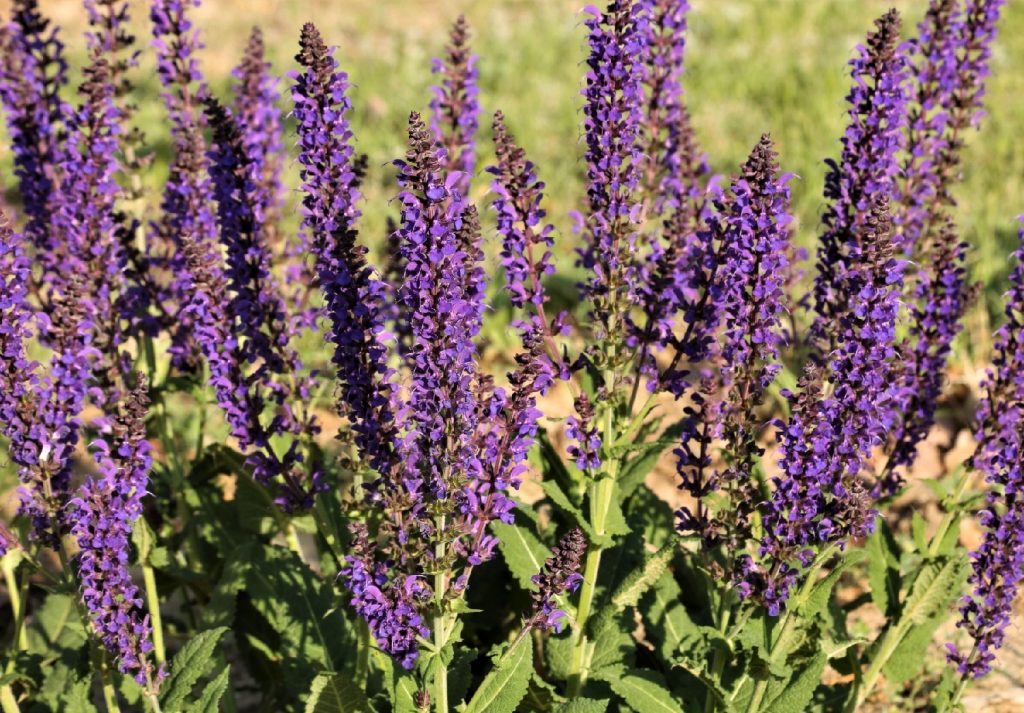
How is salvia used in landscaping?
Salvia is incredibly hardy. Its tough nature makes it a fuss-free plant that doesn’t require much attention, so it’s the perfect shrub for anyone who wants a lovely garden but doesn’t have the time to pamper their ornamental flowers. Drought-tolerant and adaptable to a variety of soils, salvias are frequently used in decorative pots, window boxes, and as a border along sidewalks and driveways.
Salvias can grow anywhere from 18 inches to 5 feet tall. Shorter varieties, like the purple-blue ‘May Night’ salvias, look right at home in small flower beds situated with other colorful blooms and greenery. Taller cultivars, including ‘Black and Blue’ salvias, which produce vibrant cobalt flowers, make stunning statement shrubs and can be used to grow an informal hedge as well.
Salvias are deer and rabbit resistant, which is another solid check in the pros column. The strong herbal scent of their foliage means they repel harmful bugs, while their dazzling blooms capture the attention of beneficial insects. Because these plants can tolerate harsh conditions, and because hungry foragers naturally tend to avoid them, it’s little wonder these plants are such a hit.
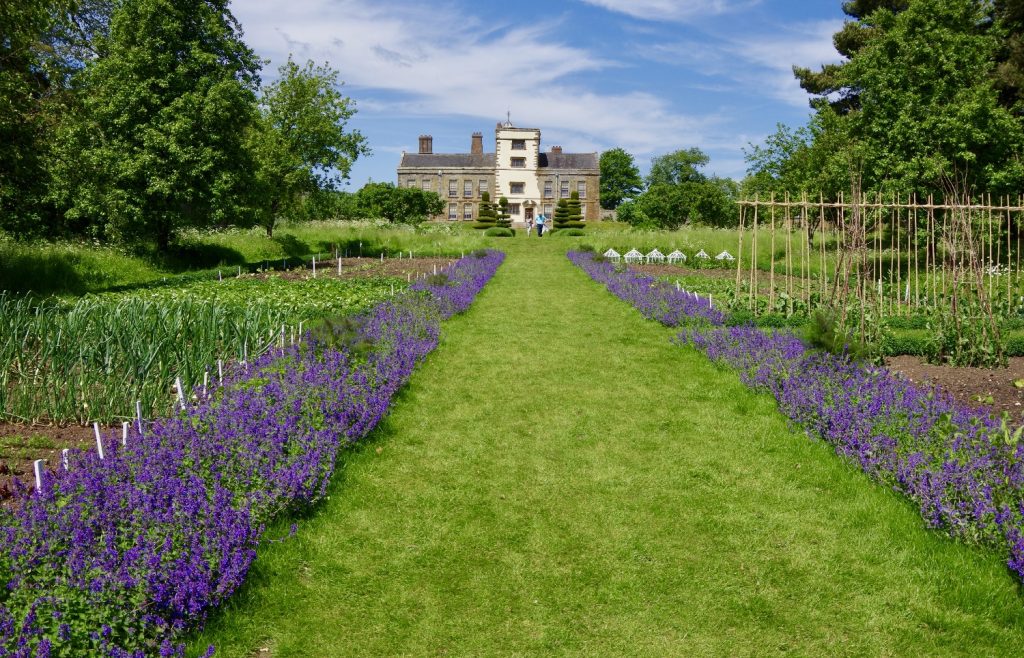
How should you plant your salvias to maximize flower production?
Salvias aren’t too picky. You can grow these plants in the ground or in pots. All you really have to do is make sure that their basic growing requirements are met. This is the most important thing you can do for your salvia plants to support bloom production.
Plant your salvias in a place where they can receive 6 or more hours of sunlight every day. Be sure to grow your salvias in well-drained soil with a pH of 6 to 7. If your soil is too clay-rich or if it contains too much moisture-retaining organic matter, consider amending it with a heaping dose of lavender potting soil, which works well for many plants that prefer to grow in drier soils.
Salvia is a fast-growing shrub that thrives in hot, humid environments. Flowers bloom from May to June and can be cut to use in homemade floral arrangements, or left on the stalks to feed local pollinators. The blooms are long-lasting, with plants generally continuing to produce flowers for a 6 to 8-week period. But cutting dead and dying flower heads off of your salvia plants can drastically prolong blooming time.
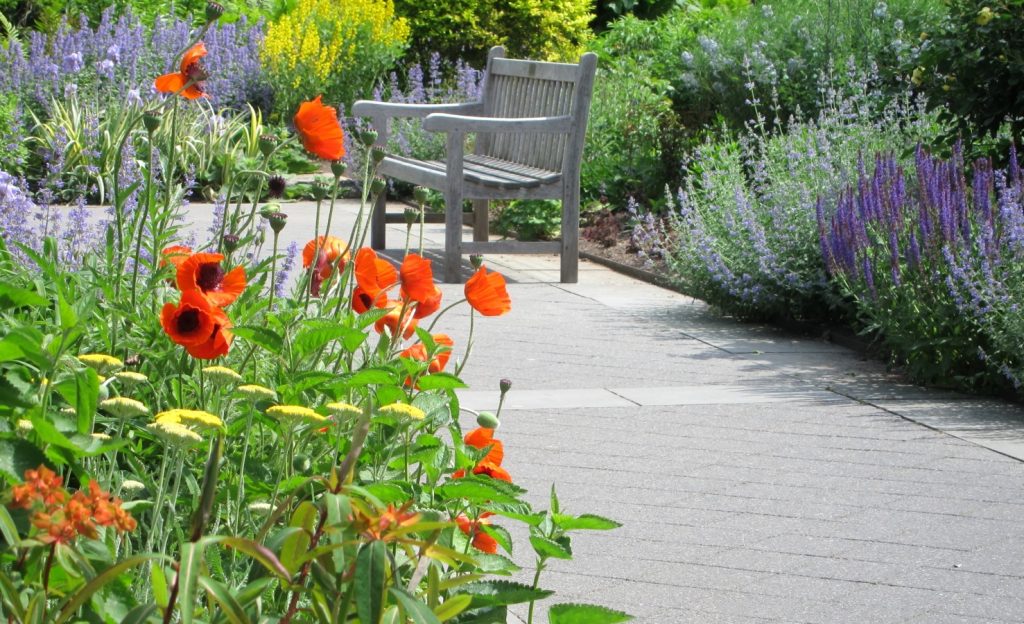
How should you deadhead your salvia plants?
Though salvias don’t require deadheading to grow well, they certainly benefit from it. To deadhead your salvias, simply take a sharp pair of clippers or scissors and trim away dead flower heads by snipping the stems at the base of the flowers above the leaves. You should trim away all flower heads that are obviously dead, but you can also trim away dying flowers. A good rule of thumb is to deadhead any flowers that are ¾ dead.
Plants can use up a lot of valuable nutrition supporting fading flowers. So removing dying blooms allows the plants to focus on creating new flower buds. Deadhead your salvias weekly throughout the summer to stimulate flower production. Be sure to wait until the peak of the blooming season has passed before you begin deadheading. Pruning dead flowers too early can stunt flower production, so timing is key.
When you’re done deadheading, you can toss the flower heads around the base of the plants so the nutrients return to the soil as the flowers decompose. Alternatively, you can add the flower heads to your compost bucket as green matter. And be sure to sterilize your clippers or scissors with rubbing alcohol when you’re done to prevent spreading diseases.
Does deadheading improve salvia flower production?
Salvia’s main blooming period is from May to June, but deadheading is an easy way to keep your salvias flowering all summer long. When deadheaded regularly, most salvia plants will continue to flower right up until the first frost of the season. Removing the dead flowers also keeps your salvias looking healthier by allowing the new blooms to stand out better.
Deadheading prevents salvias from using their nutrients to produce seeds, which helps them focus solely on flower production. If you want your salvias to attract pollinators, deadheading can certainly help you do that. But, if you want your salvias to go to seed so that they spread and fill in your flower beds, you should avoid deadheading — or at least refrain from removing all of the dying flowers so the plants are still able to produce some seeds.
How else can you support salvia blossoms?
Deadheading is a great first step toward enhancing flower production — in all flowering plants, not just salvias. But there are other things that you can do to keep your salvias healthy and in tip-top shape.
For starters, salvias love well-drained soils, but they also like a deep watering every now and then. Be sure to water your salvias well once a week, allowing the soil to dry completely in between waterings. Even though salvias are drought-tolerant, watering the plants regularly keeps them healthy, allowing them to make more flowers.
Depending on where you live, your salvias may also benefit from a layer of mulch. In cooler growing zones, deep waterings will last all week because it never gets hot enough to stress the plant. In hotter climates, salvia plants may struggle. Growing salvias where they can get some afternoon shade, and spreading a layer of mulch around the base of the plants helps protect the soil from excessive heat, allowing the salvias to retain a bit more moisture during the hottest part of the year.
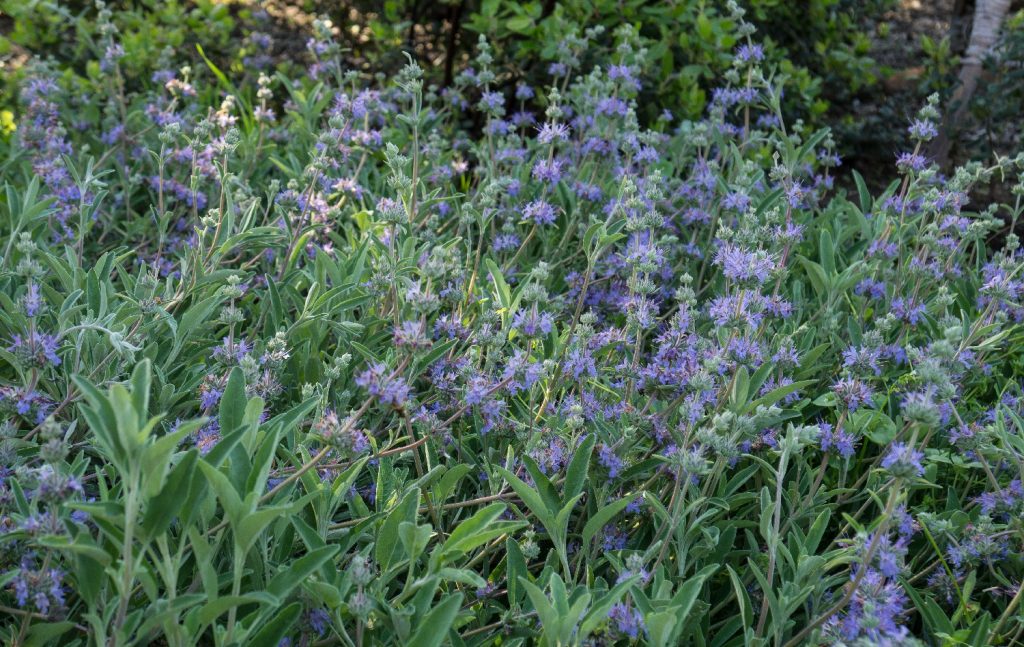
When should you prune your salvias?
Pruning your salvias can also aid in flower production, but the process is a bit different from deadheading. Trim your salvias annually in late fall by removing dead leaves, deformed branches, and any asymmetries. Remove ragged, scraggly stems and foliage, and use your clippers to shape the plant so it’s a bit more manicured.
Giving your salvias a good trim before they go dormant over the winter sets them up for success during the next growing season. You can safely remove ⅓ to ½ of the plant’s foliage to stimulate growth. It’s best to prune your salvias in the early morning or late afternoon hours to avoid stressing the plants.
You can trim your salvia plants again in the early summer months if you need to. This enables you to control the shape of the salvias as they grow. If you do trim your salvias in the first weeks of summer, be sure not to trim too much, as this can hinder the plant’s growth, and even prevent them from blooming. So trim sparingly at this time, removing only the very tips of the plants to help establish a better shape.
Is deadheading salvias worth the time?
Overall, salvias are an incredibly low-maintenance plant. You don’t have to fertilize them or baby them, as you might with philodendrons. And because you save so much time throughout the rest of the year, taking a few minutes to deadhead the plant weekly or monthly is no big deal. It’s such a minor task, and when you consider how much it benefits the plant and how dramatic an effect it has on flower production, it’s well worth the payoff.
So if you want to grow the best salvias on the block, grab your garden shears and give them a once-over. Trimming away faded flowers encourages the plant to put more energy into bloom production. Not only will your salvias thank you for the extra attention, but your local pollinators will, too!
